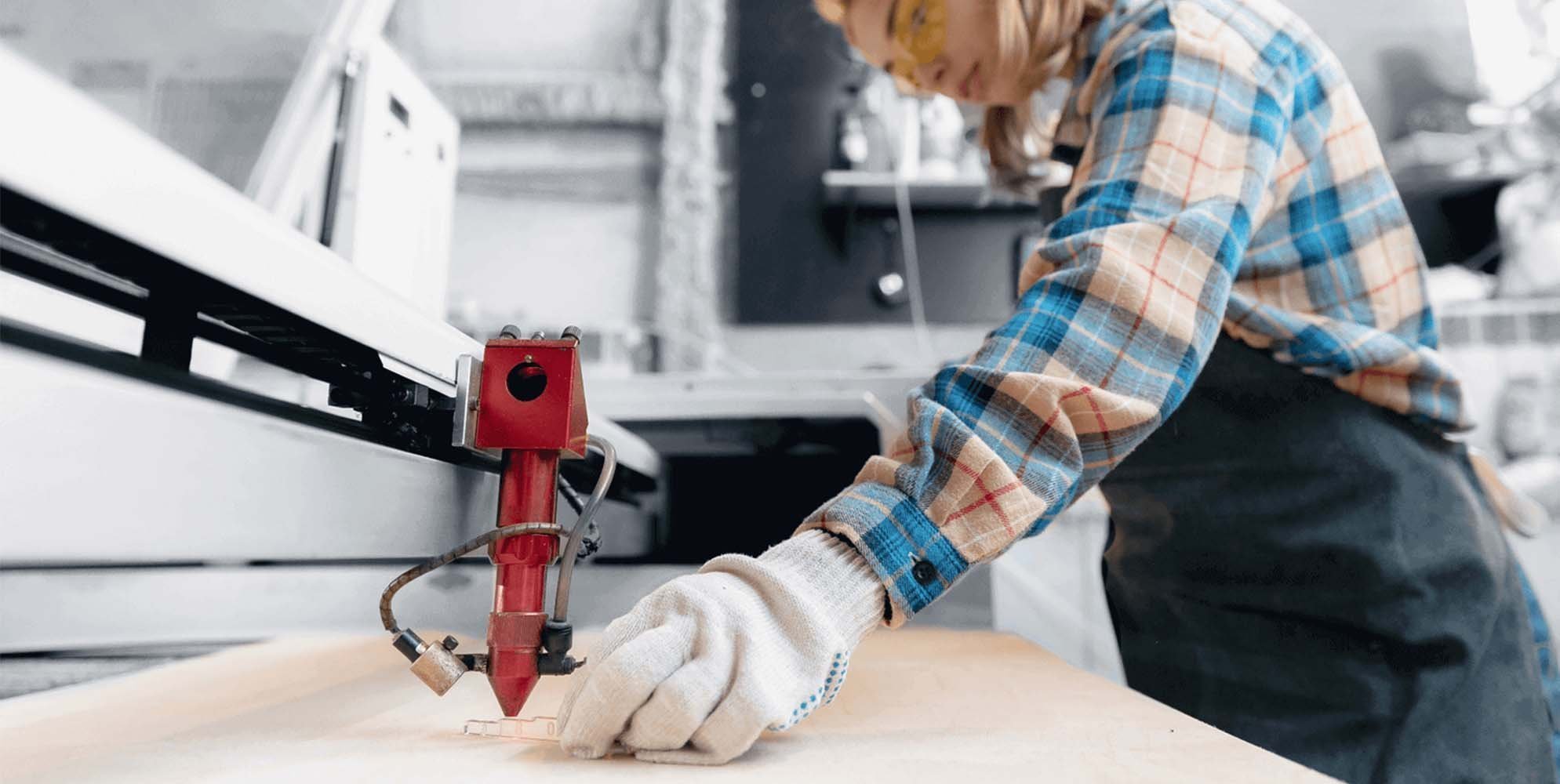Laser Classes – Understanding the Laser Classification System
When it comes to laser machines, safety isn’t just a feature—it’s a legal and ethical necessity. In the UK, laser systems are classified based on the potential risk they pose to human eyes and skin, with particular attention to exposure duration and intensity. Understanding the laser classification system is crucial for selecting the appropriate equipment, particularly when purchasing a lower-cost laser machine or operating in environments such as schools, businesses, or public institutions.
Laser Safety Classes Explained
Class 1 Lasers – Completely Safe Under Normal Use
Risk Level: Minimal
Usage: Safe for prolonged, unaided eye exposure
Application: Ideal for schools, hospitals, businesses, and public-sector organisations
Key Benefit: Enclosed laser design prevents any hazardous exposure
These are the safest types of lasers available. Even with long-term exposure, Class 1 lasers pose no risk to the eyes or skin under normal operating conditions.
✅ Explore our Vision collection to view Class 1 laser engravers and cutters designed for safety and ease of use.
Class 2 Lasers – Visible Light, Low Power
Power Output: Below one milliwatt (mw)
Risk Level: Low – Safe for incidental exposure
Notes: Exposure to the eye is safe for less than 0.25 seconds (normal blink response)
Use Cases: Laser pointers, barcode scanners
Though generally safe, users should avoid prolonged direct eye exposure. Protective eyewear is not typically required.
Class 3 Lasers (3R/3B) – Moderate Risk
Risk Level: Moderate – Potential eye hazard with direct exposure
Power Output: 1–500 mW (Class 3r), above 5 mw (Class 3B)
Precautions: Avoid direct eye contact; use with care
Protection: Safety goggles are recommended in some cases
Class 3 lasers are commonly found in scientific and industrial settings. Although they are not always hazardous, they require caution and controlled environments.
Class 4 Lasers – High Hazard Potential
Risk Level: High – Dangerous to eyes and skin
Hazards: Can cause permanent eye damage, skin burns, and fire risk
Precautions: Strict safety controls, protective eyewear, and safety interlocks are required
These are high-powered lasers used in industrial cutting, welding, and medical applications. Even indirect reflections can cause serious injury. Class 4 lasers are not suitable for education or public use.
Focused Laser Systems – Your Partner in Safe Laser Technology 🛡️
Whether you're purchasing for an educational institution, business, hospital, or government agency, choosing the correct laser class is critical. At Focused Laser Systems, we strongly advise selecting systems that are Class 1 or Class 2 certified to ensure a safe working environment.
Your safety is our priority. With the Vision range, you're not just buying a machine—you’re investing in reliable performance backed by professional compliance and UK-based support.
Need help choosing the right laser for your needs?
📞 Contact our sales team for expert advice on safe, compliant laser systems tailored to your sector.

